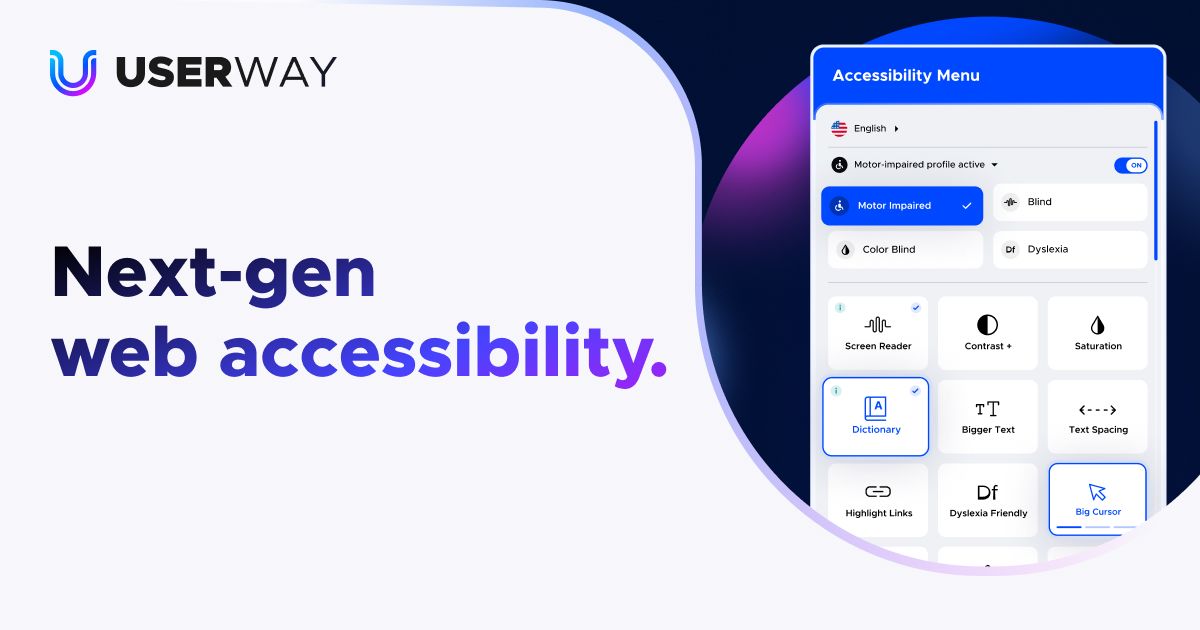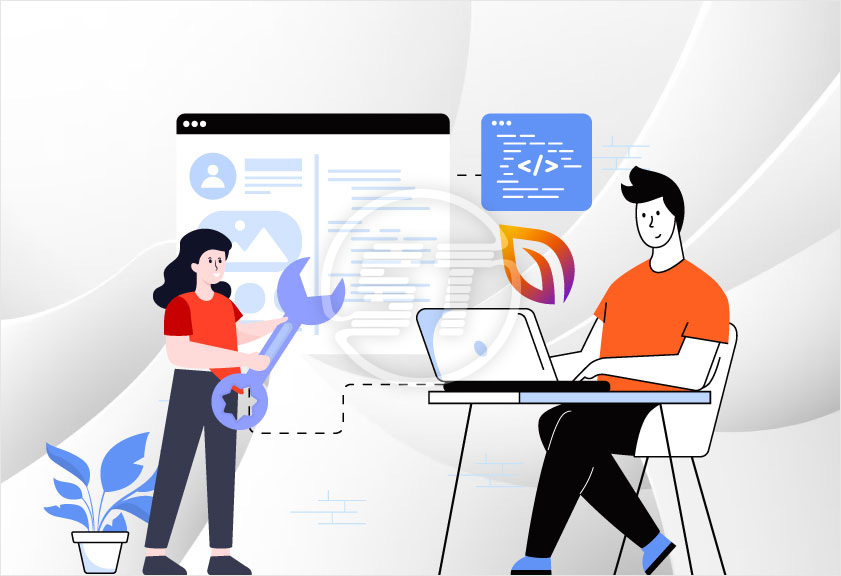Accessibility Widget Accessibe – Accessibility Widget Accessible: The digital world strives for inclusivity, and accessibility widgets are at the forefront of this movement. These tools bridge the gap for users with disabilities, transforming online experiences from frustrating to fulfilling. This report explores the design, implementation, and future of these crucial tools, examining their impact on user experience and compliance standards.
From screen readers that vocalize text to keyboard navigation tools that bypass mouse reliance, accessibility widgets empower individuals with diverse needs. This exploration delves into the technologies behind these widgets—HTML, ARIA, JavaScript—and the user interface principles that guide their effective design. We’ll also analyze best practices for seamless integration into websites and applications, ensuring a smooth and intuitive user journey.
Accessibility Widgets: Enhancing Digital Experiences for All: Accessibility Widget Accessibe
Accessibility widgets are crucial tools bridging the gap between digital content and users with disabilities. They empower individuals with visual, auditory, motor, or cognitive impairments to access and interact with websites and applications effectively. This article explores the definition, implementation, user experience, standards, future trends, and examples of accessibility widgets.
Defining Accessibility Widgets
Accessibility widgets are software components designed to improve the usability of digital interfaces for people with disabilities. Their core functionalities include adapting content presentation, offering alternative input methods, and enhancing navigation. Examples include screen readers (converting text to speech), keyboard navigation tools (allowing users to navigate with only a keyboard), and text-to-speech converters. Effective accessibility widgets adhere to user interface design principles like simplicity, clarity, and consistency.
They are often developed using HTML, ARIA (Accessible Rich Internet Applications) attributes, and JavaScript to ensure compatibility and functionality across various platforms and browsers.
Accessibility Widget Implementation
Integrating accessibility widgets involves careful planning and execution. Best practices include selecting appropriate widgets based on user needs, ensuring seamless integration with existing website or application design, and thoroughly testing for compatibility and functionality. A step-by-step guide for developers would include: 1) Needs assessment; 2) Widget selection; 3) Code integration; 4) Thorough testing across browsers and assistive technologies; 5) User feedback incorporation.
Different implementation methods include client-side integration (using JavaScript libraries) and server-side integration (modifying server-side code). Client-side is often preferred for its flexibility and ease of implementation.
Accessibility Widget Accessibe continues to improve digital inclusion, offering customizable features for diverse needs. The widget’s impact extends beyond the digital realm; consider, for instance, the importance of accessibility for businesses like the one featured in this recent article on hair extensions sally , where ensuring a welcoming online presence is crucial for customer engagement. Ultimately, Accessibility Widget Accessibe aims to make the online world more equitable for everyone.
Accessibility Widget User Experience (UX)
A positive user experience with accessibility widgets is characterized by effortless access to information and intuitive interaction. A case study might involve a visually impaired user successfully navigating a website using a screen reader, easily accessing all content and completing desired actions. Conversely, poor UX results from poorly designed widgets, such as confusing keyboard navigation or inaccessible content despite the presence of widgets.
Testing user satisfaction involves observing real users interacting with the widgets and gathering feedback. Barriers to effective usage include poorly designed widgets, lack of training, and insufficient technical support.
Accessibility Widget Standards and Compliance
Source: skynettechnologies.com
Accessibility standards and guidelines, primarily WCAG (Web Content Accessibility Guidelines), provide benchmarks for creating accessible digital content. Accessibility widgets play a crucial role in meeting these standards, for instance, by providing alternative text for images (WCAG 1.1.1) or ensuring keyboard operability (WCAG 2.1.1). Verification methods include automated testing tools and manual testing by users with disabilities. Inadequate implementation can have legal ramifications, leading to potential lawsuits and reputational damage.
Future Trends in Accessibility Widgets
Emerging technologies like AI and machine learning hold immense potential for enhancing accessibility widgets. AI could personalize widget settings based on individual user needs and preferences, improving user experience significantly. For example, an AI-powered screen reader could adapt its speech rate and voice based on user feedback and context. A conceptual widget might be a real-time language translation tool seamlessly integrated into a website, making content accessible to a global audience regardless of language barriers.
AI could also automate the process of creating accessible content, reducing the burden on developers.
Accessibility Widget Examples in a Table

Source: userway.org
| Widget Type | Description | Key Features | Implementation Example |
|---|---|---|---|
| Screen Reader | Reads on-screen text aloud. | Text-to-speech, customization options, support for multiple formats. | Integration with NVDA or JAWS. |
| Keyboard Navigation Tool | Allows navigation using only a keyboard. | Logical tab order, clear focus indicators, keyboard shortcuts. | Implementation of ARIA attributes and proper HTML structure. |
| Text-to-Speech Converter | Converts written text into audible speech. | Natural-sounding voice, adjustable speed and pitch, support for multiple languages. | Using JavaScript libraries like ResponsiveVoice. |
| Zoom Widget | Enlarges on-screen content. | Adjustable zoom levels, smooth zooming, compatibility with different browsers. | Using CSS or JavaScript to control font sizes and viewport scaling. |
| Alternative Input Methods | Provides alternative input methods such as voice input or switch controls. | Support for different input devices, ease of use, intuitive interface. | Integration with speech recognition APIs or specialized assistive technology. |
Illustrating Accessibility Widget Benefits, Accessibility Widget Accessibe
A positive interaction might depict a visually impaired user effortlessly navigating a complex website using a screen reader. The screen reader clearly announces each element, allowing the user to understand the page structure and access the information they need. The user can easily navigate using keyboard shortcuts and understand the content without visual strain. In contrast, a negative interaction could show a user struggling with a poorly designed keyboard navigation system.
The tab order is illogical, important elements are skipped, and focus indicators are unclear, leading to frustration and inability to access content.
Wrap-Up
Accessibility widgets are not merely technological additions; they are fundamental components of inclusive design. Their effective implementation ensures equal access to digital information and services, promoting a more equitable online landscape. As technology advances, the future of accessibility widgets promises even greater personalization and seamless integration, further empowering users and fostering a more inclusive digital world. Continued innovation and adherence to accessibility standards are crucial for maximizing the positive impact of these vital tools.

